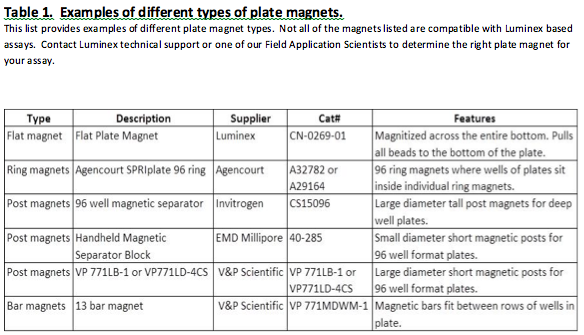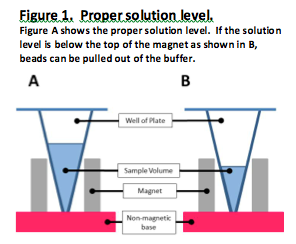Diagnostic Stewardship: A Primer
By Shannon Smith
Honing test selection can enable faster implementation of appropriate treatment, reduce costs, and support patient care in a range of settings
In the past decade, the practice of diagnostic stewardship has gained traction in the clinical laboratory community and broader healthcare field. Related to, yet distinct from antimicrobial stewardship, diagnostic stewardship aims to enable clinicians to provide the right test to the right patient at the right time to promote the right action. Given that the vast majority of healthcare decisions are now based on data produced by laboratory medicine, diagnostic stewardship ensures that tests are deployed strategically to offer patients the best possible outcomes.
Taking a More Focused Approach to Patient Care
Diagnostic Stewardship drives clinical action, typically through rapid-result tests that quickly give physicians the information they need to escalate or de-escalate antibiotics as soon as possible. The goal is to avoid keeping patients on inappropriate therapy. Instead, critically ill patients—such as those suffering from bloodstream infections—may be shifted away from broad-spectrum antibiotics towards targeted therapies in order to rein in the development of antibiotic resistance. Deploying these tests appropriately offers additional benefits as well, including the ability to more easily track intervention fidelity, or how often a specific test changes the doctor’s choice of treatment, in order to continually hone the diagnostic stewardship effort.
While these features comprise important aspects within diagnostic stewardship, diagnostic stewardship goes beyond informing the correct antimicrobial treatment, maintaining a place in both in-patient and outpatient settings. By utilizing strategic testing algorithms, diagnostic stewardship programs can reduce unnecessary testing while ensuring that the tests selected to inform a patient’s particular treatment are the ones most likely to provide actionable and timely results. Appropriate usage of diagnostic tests can aid in reducing the cost burden for patients by tailoring test selections to reflect the patient’s needs, symptoms, and the seasonality rather than defaulting to a broader syndromic test.
Diagnostic Stewardship Takes Place Beyond the Lab
Even though clinical laboratories maintain the majority of responsibility for diagnostic stewardship programs, these programs require exceptional collaboration between the laboratory and clinical care partners. In some cases, close attention to patients’ symptoms may enable labs to skip certain tests or guide the selection of other tests. For example, there are specific situations where it is appropriate to test for C. difficile in patients with diarrhea; a good stewardship program will lead to effective testing algorithms that guide the usage of C. diff testing, such as for patients with a history of C. diff versus those without. Laboratories must work with front line physicians and other clinical staff to provide the right tests to help compliment treatment decisions based on patient history and presentation. This collaboration may help clinicians to interpret test results as accurately and holistically as possible.
Diasorin is leading the discussion on addressing your needs for diagnostic stewardship programs. Our company is built on helping clinicians find the solutions they need from targeted tests to syndromic tests for multiple disease states.
Check out these resources to learn more:
- Diagnostic stewardship: a guide to implementation in antimicrobial resistance surveillance sites (from the World Health Organization)
- Principles of diagnostic stewardship: A practical guide from the Society for Healthcare Epidemiology of America Diagnostic Stewardship Task Force
- Advancing Diagnostic Stewardship for Healthcare-Associated Infections, Antibiotic Resistance, and Sepsis (report from a meeting hosted by the Centers for Disease Control and Prevention)

















